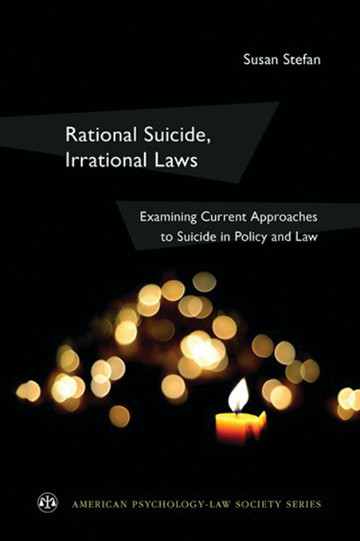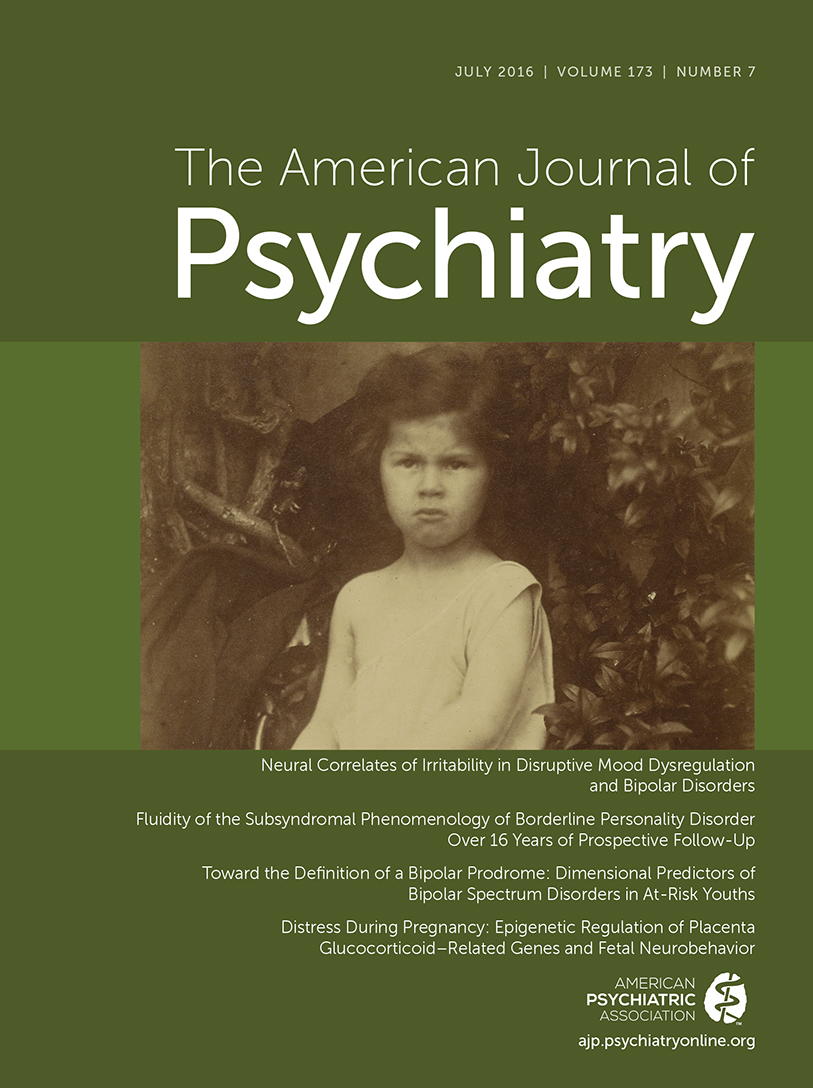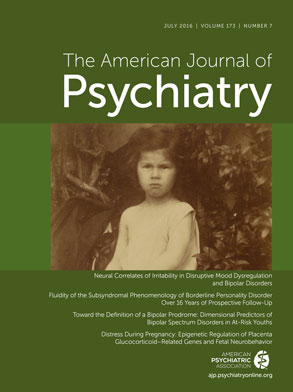The rationality of suicide is an ancient and perennial issue. Epictetus, the ancient Greek Stoic philosopher, noted that suicide can be a reasonable option if suffering becomes unbearable or if life becomes pointless, using the metaphor that “the door is open.” Hamlet mused about suicide in his famous soliloquy: “To be or not to be: that is the question. Whether ’tis nobler in the mind to suffer the slings and arrows of outrageous fortune, Or to take arms against a sea of troubles, And by opposing them end them?” David Hume, who rejected the Christian antipathy to suicide as encroaching on God’s domain, defended suicide as rational in an essay published posthumously in 1777. Hume asserted, “That suicide may often be consistent with interest and our duty to
ourselves, no one can question, who allows that age, sickness, or misfortune may render life a burthen, and make it worse than annihilation. I believe that no man ever threw away life, when it was worth keeping” (
1).
Hume’s last sentence is apt to seem particularly off base to contemporary eyes in view of the recognition that mental illness may drive persons irrationally to suicide contrary to their interests in continued living. On the other hand, contemporary opinion and public policy may have gone too far in seeing suicide as the product of mental illness and in instituting coercive measures of suicide prevention. Such is the stance of Susan Stefan in her thought-provoking and carefully argued book, Rational Suicide, Irrational Laws: Examining Current Approaches to Suicide in Policy and Law.
Stefan’s book is valuable if for no other reason than its clear and comprehensive overview and critical evaluation of the law relating to suicide in general, decision-making competence, refusal of life-sustaining treatment, and assisted death. But it is much more than that. Drawing on a questionnaire survey and interviews with people who have attempted suicide, Stefan gives voice to their suffering and grievances regarding how they were treated. She examines critically prevailing attitudes and practices of mental health professionals regarding suicide and discusses ways in which prevention and treatment can be improved. The book documents how the law and psychiatric practice fail to respect the autonomy rights of suicidal individuals and to offer them effective treatment.
Stefan’s chapter on involuntary commitment is emblematic of what she sees as the failure of our current mental health system with respect to suicide. She demonstrates that the evidence base to support involuntary commitment based on a prediction of dangerousness to self is sorely lacking. Those who threaten or attempt suicide and become involuntarily committed, in the aggregate, differ from those who succeed in killing themselves: “People who talk about suicide are much more apt to be women, especially younger women; when they attempt suicide, they use pills and are often rescued. People who commit suicide are much more likely to be men, especially older white men, using guns” (p. 116). In other words, the net of involuntary hospitalization captures people unlikely to commit suicide, whereas those most likely to commit suicide escape the attention of mental health professionals.
Moreover, Stefan sees psychiatrists’ fear of liability as driving excessive involuntary commitments and as interfering with the listening and conversation that suicidal people need to help them find meaning and value in their lives. She contends that involuntary commitment of suicidal individuals, beyond a very short period to assess decision-making capacity and to curb impulsive behavior, constitutes an unjustified deprivation of liberty.
Stefan devotes three chapters to the controversial topic of assisted suicide, which are informative about the law and practice in various jurisdictions. Her analysis devotes fresh thinking about key questions: Should there be a legal option of assisted death? If so, should it be limited to self-ingested lethal medication or include administration of lethal medication by physicians? Should it involve physicians at all? Should it be limited to the terminally ill? Should persons suffering from mental disorders who are not terminally ill have access to assisted death? One might anticipate that, in view of her advocacy for the autonomy of those who attempt suicide, Stefan would answer the latter question affirmatively. However, she is ambivalent about physician-assisted suicide and opposes voluntary active euthanasia as putting too much control in the hands of doctors. Instead, Stefan proposes an interesting model that legally permits assisted suicide only for terminally ill hospice patients, who would obtain access to lethal medication through a pharmacy without physician gatekeeping or prescription. Juxtaposing the way in which contemporary society responds to life-ending decisions of the terminally ill with attitudes and practices relating to suicidality in general sheds light on both.
This is a very long book, which could have benefited from a better developed road map in the introduction of the territory to be traversed. Nevertheless, those who go the distance on the journey will be challenged and rewarded, regardless of whether they agree with the author.


